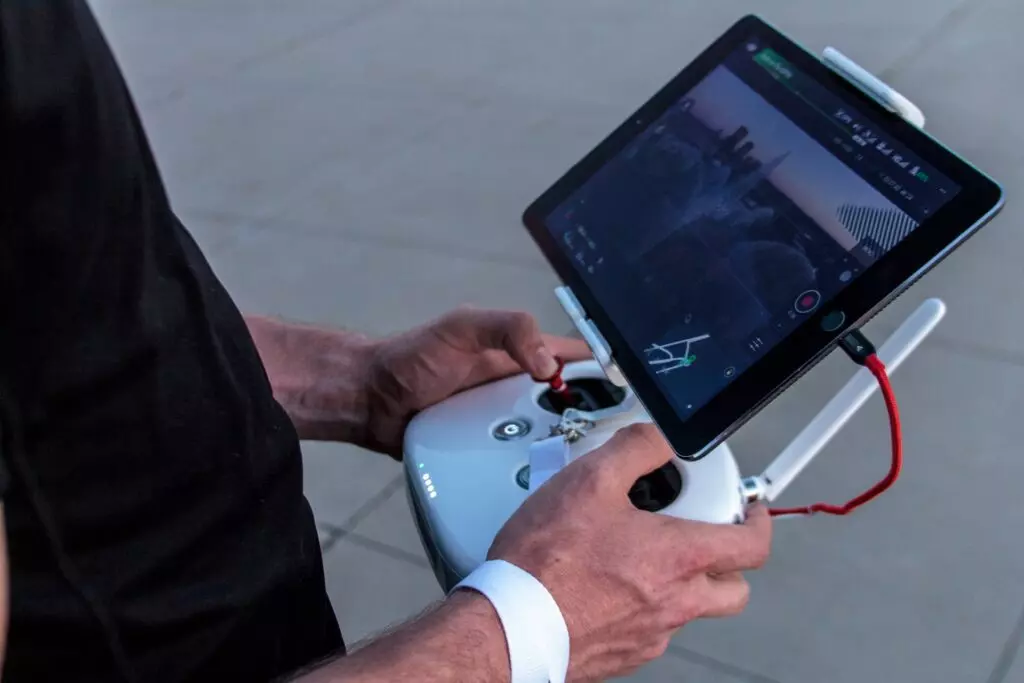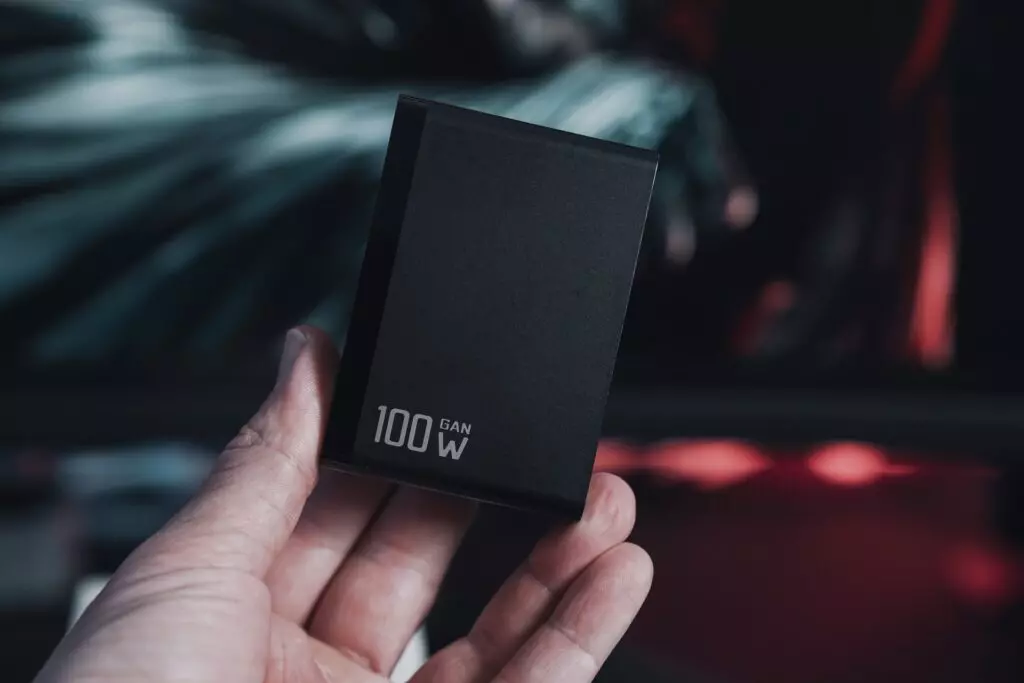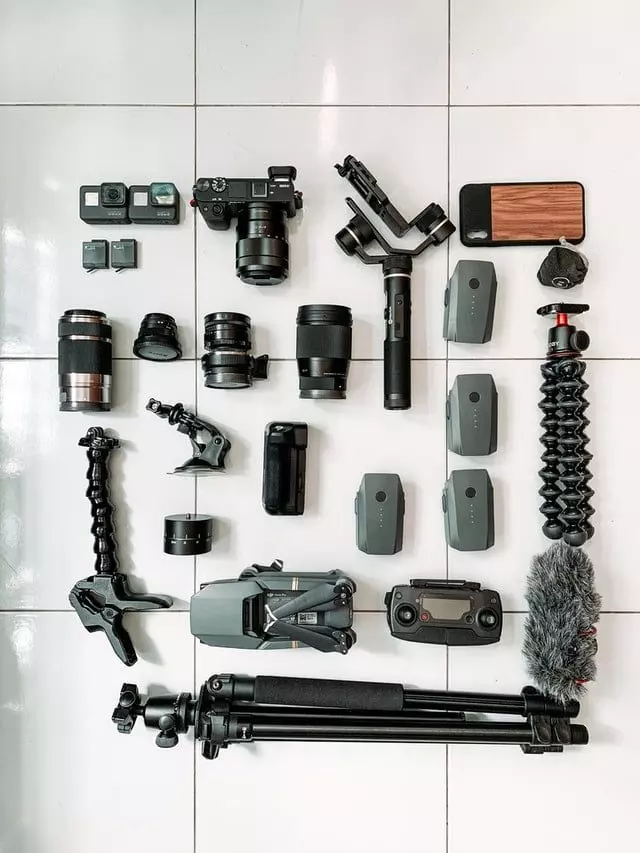Last updated on June 6th, 2024 at 05:44 am
A foggy forest where you should safely fly your drone
If you’re a drone enthusiast, you probably enjoy experimenting and pushing the limits of your device. That being said, drones are expensive, and while we all enjoy being a little daring with them, we want them to be safe at the end of the day. It would be best if you considered many factors to accomplish this. The weather, the environment, the time of day, and our skills as drone pilots all play a role. Today, however, we will cover how to fly your drone in fog safely. This way, you will know if it is something you should do and, if you attempt to do it, how to make it safer for you and everyone around you.
The Legality of Flying a Drone in Fog
First, we must review the legality of flying a drone in fog. This is because lower visibility will decrease your ability to control your drone. Therefore, flying a drone in fog falls under the same regulations as flying a drone in any low-visibility environment. That is to say, it is legal as long as you can keep a line of sight with it. In addition, the FAA mandates that drones fly no higher than 400 feet from the ground at all times. However, if you fly your drone in fog, there is a chance that you can overshoot that limit and get yourself in trouble. You must take certain precautions to avoid legal issues and fly your drone in the fog.
You can hire a professional drone pilot to fly your drone in fog safely.
First, you need to consider why you need to fly a drone in such conditions. If you are doing it for fun, maybe postponing your flight until better weather would be best. However, if you want to fly your drone in the fog to capture some beautiful aerial shots, you may consider hiring a professional drone pilot to help you out. This way, you won’t be putting yourself or others in danger.
1. Make Sure the Battery Is Full
If you are confident in your ability to fly your drone in fog and don’t mind shooting a video by yourself, the first thing you should do is ensure that your drone’s batteries are fully charged before the flight. Because cold weather and moisture can hurt your drone’s batteries, you must ensure that the chances of your drone running out of battery mid-flight are low. Just to be sure, along with topping off the batteries, you’ll need to pack additional batteries for your flight destination. If your drone’s battery runs out faster than expected, you can replace it. One more thing you can do is buy a battery warmer. As mentioned, batteries tend to run out faster in cold weather. Therefore, a battery warmer could come in handy if you want your batteries to last as long as possible.
If you bring spare drone batteries with you, you will be able to fly your drone safely.
2. Invest in an Anti-Collision Light
As mentioned earlier, the biggest problem with flying a drone in fog is the lack of visibility. Fortunately, you can mitigate the lack of visibility by installing high-visibility lights. Your drone may already have lights, but they won’t be used within a fog because they are not designed for that environment. However, there are companies out there that make dedicated lights for drones. These sorts of lights will not only make it safer to fly during fog but will also make it safer to fly in general. Experts from mastermovingguide.com have noted that anti-collision lights are a must-have for even something as simple as drone real estate photography.
3. Don’t Fly for Too Long
If you need to fly your drone during fog, minimizing the flight length is the best thing you can do to make it safer. If you find yourself in a situation where you need to shoot in fog, it is best to do so in a series of short bursts rather than all at once. You will be able to take some much-needed breaks due to this. During this time, you will have the opportunity to get rid of any excess moisture that might be present before it reaches the motors. You can additionally use a cloth made of microfiber to clean the camera. It is common for a camera lens to fog up and then refuse to defog, which makes the images captured by the camera unusable.
4. Don’t Overload Your Drone
As you might expect, heavy cargo makes the drone work harder, which increases battery consumption. Furthermore, given the importance of a fully charged battery in foggy conditions, you may want to keep extra weight to a minimum. A heavy drone will also be much more difficult to control. This can be a significant issue when flying your drone in a low-visibility environment. It’s easy to become too confident with your controls and then crash your drone. If you want to reduce the chances of this happening, we recommend removing any extra weight from your drone (except anti-collision lights). It would be best to keep the drone as light as possible.
If you want to fly your drone safely in fog, avoid overloading it with too many accessories.
5. Make Your Drone Waterproof
And the last thing we will mention when talking about how to fly your drone in fog safely is waterproofing. Even if you plan on making shorter trips with your drone, waterproofing will help keep your drone safe. Even though you can purchase waterproof drones, you don’t need to. You can make your drone waterproof in a few different ways. However, the most straightforward approach would be to get a wetsuit that clings to the drone and provides a tight seal. This is the most cost-effective way you can waterproof your drone. If you do this, you won’t have to worry about moisture damage, so you can focus more on flying.




